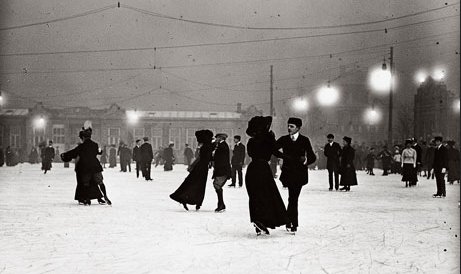1. History of refrigerated ice rinks
Early developments
The history of manufactured ice rinks dates back to the early 20th century, when natural ice rinks were the norm. With the advent of modern technologies, artificial ice rinks, usually in the form of covered arenas, began to be built in the 1930s and 1940s. These developments provided opportunities for competition and recreation regardless of the season, leading to a significant increase in participation in ice skating and field hockey sports.
Technological Innovations
In the 1970s and 1980s, new technologies provided significant improvements in ice rink construction and maintenance. Cooling systems were refined, making it possible to make and maintain ice at higher temperatures. This affected not only operational costs, but also the quality of the ice, which is essential for sports performance.
Moreover, modern ice rinks now often have multifunctional facilities, meaning they are also used for other events such as concerts, fairs and festivals. This multifunctionality has contributed to wider social acceptance and involvement.



